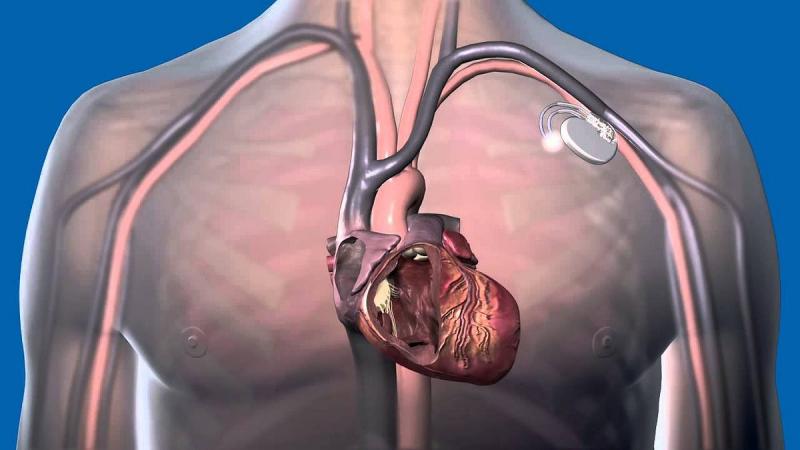In the world of cardiology, cardiac pacing leads play a crucial role in managing heart rhythm disorders and ensuring optimal functioning of the heart. These small yet mighty devices are essential components of pacemakers and implantable cardioverter-defibrillators (ICDs). Let's delve deeper into the significance of cardiac pacing leads and their role in enhancing the power of the heart's rhythm.
What are Cardiac Pacing Leads? Cardiac pacing leads are thin, insulated wires that transmit electrical impulses from the pacemaker or ICD to the heart. They are carefully placed in strategic positions within the heart to regulate its electrical activity and ensure proper contraction. These leads are typically made of biocompatible materials, allowing them to integrate seamlessly into the cardiovascular system.
Types of Cardiac Pacing Leads There are two main types of cardiac pacing leads: unipolar and bipolar. Unipolar leads have a single electrode at the tip, which delivers electrical signals to the heart. In contrast, bipolar leads consist of two electrodes, one at the tip and the other at the lead's body, allowing for more precise control over pacing and sensing.
The Global Cardiac Pacing Lead Market. According to American Heart Association, in 2016, nearly half i.e. 48%, 121.5 million of the adults in the U.S.
Lead Placement and Function Cardiac pacing leads are implanted during a minimally invasive surgical procedure called lead placement. The leads are carefully guided through veins and positioned within the heart, ensuring optimal contact with the cardiac tissue. Once in place, the leads deliver electrical signals to regulate the heart's rhythm, pacing it when necessary or delivering a shock in the case of life-threatening arrhythmias.
Ensuring Longevity and Reliability The longevity and reliability of cardiac pacing leads are crucial for maintaining the heart's optimal functioning. Manufacturers have made significant advancements in lead technology to improve their durability and reduce the risk of complications such as lead fractures or dislodgement. Modern leads employ innovative designs and materials, including silicone insulation and active fixation mechanisms, to enhance stability and minimize lead-related issues.
Lead Extraction and Replacement In some cases, cardiac pacing leads may need to be extracted and replaced due to malfunction, infection, or the need for an upgrade. Lead extraction is a specialized procedure performed by experienced cardiac electrophysiologists. Advanced techniques and tools, such as laser sheaths and mechanical extractors, facilitate the safe removal of old leads and the insertion of new ones, ensuring minimal disruption to the patient's overall well-being.
The Future of Cardiac Pacing Leads The field of cardiac pacing leads continues to evolve rapidly. Researchers are exploring new materials and technologies to enhance lead performance, reduce complications, and improve patient outcomes. Additionally, ongoing advancements in leadless pacemakers, which eliminate the need for traditional leads, show promise in providing alternative options for patients with specific needs or concerns.
Cardiac pacing leads are indispensable components of pacemakers and ICDs, helping to regulate the heart's rhythm and ensure its optimal functioning. With their precise placement, improved durability, and evolving technologies, these leads are revolutionizing the treatment of heart rhythm disorders. As medical science continues to advance, the future of cardiac pacing leads holds the promise of even greater efficacy and patient benefits.
